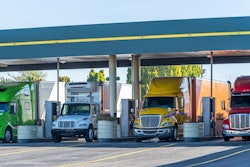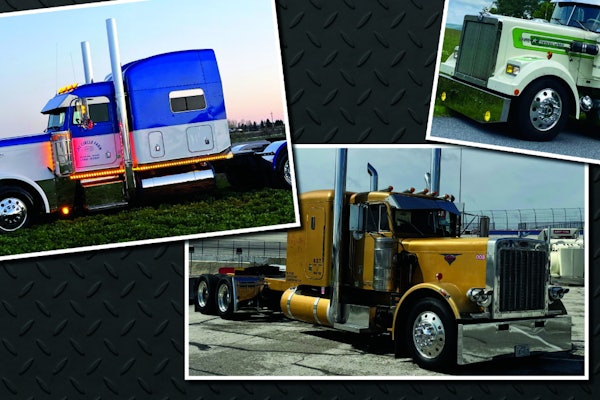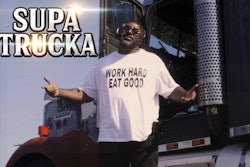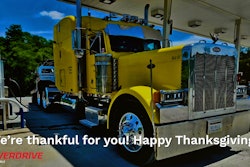Accumulate all expense and revenue records throughout the month and turn them into a profit-and-loss statement, also called a financial statement or a statement of earnings. Gather carrier settlement statements or paid invoices and receipts into like categories, and total them up at the end of the month. Then incorporate your operating information in a consistent format to make the profit-and-loss statement.
The statement should tell you how many miles you drove, your revenue, your costs and how much money you made during the month -- your profit or loss.
Building a P&L on a monthly cadence allows you to track progress month to month to see if you are improving. The statement should include ratios such as cents per mile and percent of revenue so you can analyze your performance. You also will be able to compare your profit-and-loss statement to your budget to see if you are on track with your business plan.
In addition, the statement should have a year-to-date (YTD) column that accumulates each month into a total for the whole year.
Successful owner-operators have to know how to adjust for changing conditions. If you don’t, profitability probably will decline. Are fuel prices low or high? What about insurance costs? Is the economy growing? What do industry analysts say about conditions in the months ahead?

Make it part of your routine to compare your P&L report with your budget and figure out changes you need to make to maximize profitability.
Use benchmarking to compare yourself with other owner-operators
Comparisons help you understand changes under way in the trucking industry and what other drivers are doing to adapt. But be careful: Some comparisons are dangerous. Casually comparing settlement checks, for example, can mislead you into thinking you are doing better or worse than you are. It’s more effective to compare revenue and what other operators are doing to achieve revenue, and also what they are doing to reduce costs and minimize waste. If you are not doing as well in some areas as other operators, it's up to you to solve the problem.
A good way to compare is through benchmarking -- the key to understanding the big picture -- not just where you stand in relation to a few other owners, but to industry benchmark averages as a whole. A good business services provider can deliver key benchmarks, or averages, from a wide client base: cost per mile for dry van haulers, for instance, and flatbedders and refrigerated truckers.
Such data can help you analyze where you’re performing well and where you need to make changes.
The profit-and-loss statement example from ATBS that follows includes valuable operating information -- percentage of revenue calculations for expenses, for instance. ATBS notes categories where the owner-operator is performing particularly better or worse than the average for his or her peers, which provides an opportunity to focus on and consider necessary improvements.
 ATBS gives owner-operator clients the ability to access and analyze their profit-and-loss statements from a secure online portal. Using a smartphone, tablet or PC, owner-operators can access their P&L statement, receipts, important tax information and profit plan.
ATBS gives owner-operator clients the ability to access and analyze their profit-and-loss statements from a secure online portal. Using a smartphone, tablet or PC, owner-operators can access their P&L statement, receipts, important tax information and profit plan.
It's certainly possible to build a P&L on your own using spreadsheet applications -- Overdrive's 2024 Trucker of the Year, Alan Kitzhaber, successfully did just that as spreadsheet applications (Microsoft Excel, Google Spreadsheets) became more widely available, inexpensive and intuitive in the early part of this century. Kitzhaber told part of that story in the 2025 edition of Overdrive Radio embedded below, a talk that was conducted in early 2025.
Successful owners like Kitzhaber, who effectively compete in trucking for long-term profitability with by getting as much income as possible with just a single, really set themselves apart by continuous analysis, recording, tracking, analyzing their numbers with tools profit and loss statement. In your efforts to do the same, it's good to remind yourself just whom your competition is. Small trucking leader David Owen, President of the National Association of Small Trucking Companies, often tells the old joke about a couple campers in their tent when a bear shows up and starts crashing the campsite.
One guy rolls over, gets out his flashlight, gets his duffel bag out and puts his shoes on. He opens a Snickers bar and starts stretching his hamstring.
"What are you doing?" the other guy says. "You can’t outrun that bear."
But he doesn’t have to, he says. “I’ve just got to outrun you.”
Read next: Old-school, tried-and-true ways to simplify record-keeping













